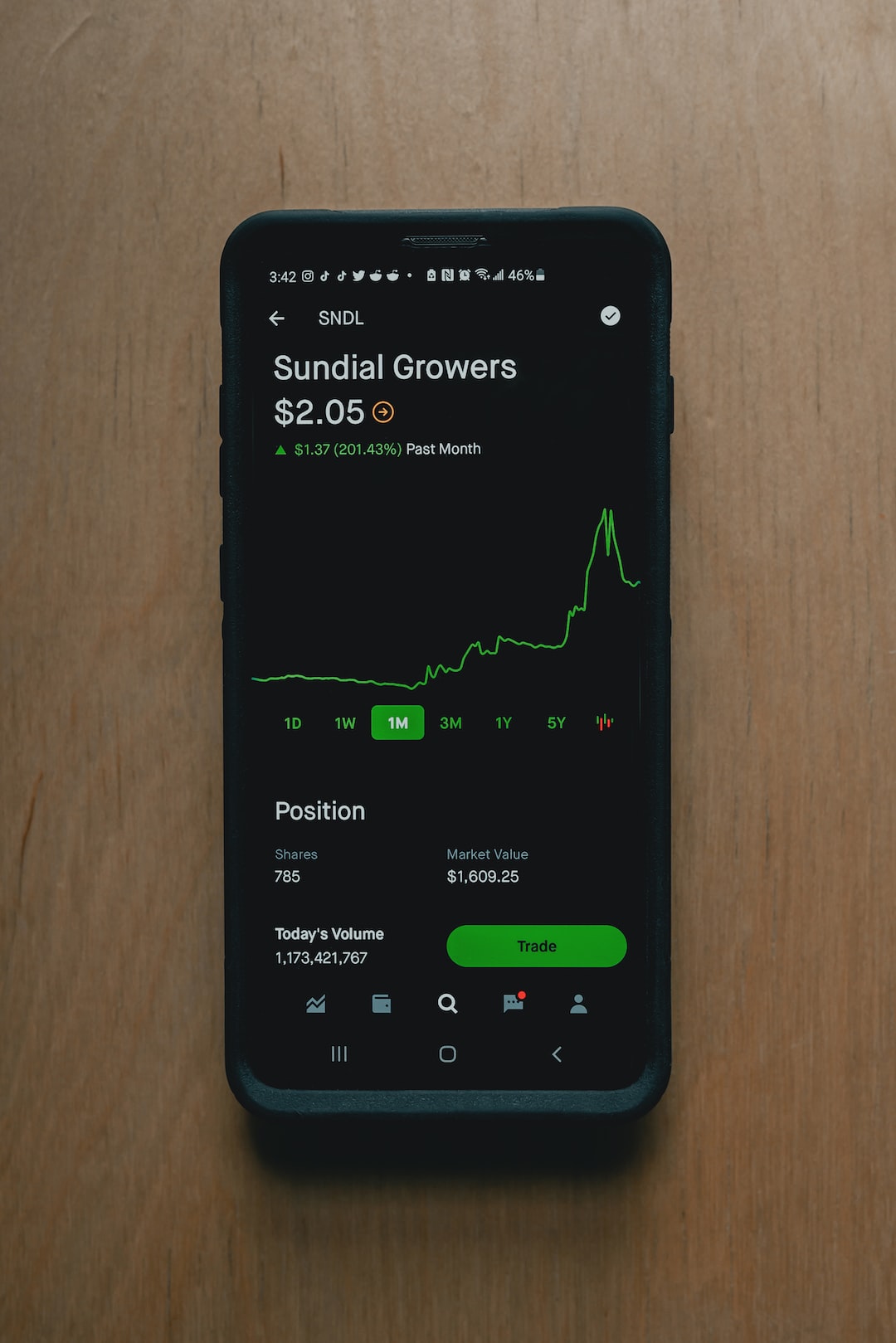When it comes to trading forex, one of the most important decisions you have to make is how to execute your trades. Specifically, you have to decide whether it’s best to place multiple same orders or one big order. This is a decision that can have a significant impact on your profitability, so it’s important to understand the pros and cons of each approach.
Multiple Same Orders
One approach to forex trading is to place multiple same orders. This means that you place several orders for the same currency pair at the same price level. For example, you might place five buy orders for EUR/USD at 1.1000.
The main advantage of this approach is that it allows you to take advantage of small price movements. If the price of EUR/USD moves up by a few pips, you can make a profit on each of your orders. This can be especially useful if you are trading with a small account size and don’t have a lot of capital to work with.
Another advantage of multiple same orders is that they can help you manage risk. By spreading your trades across multiple orders, you can limit your exposure to any one trade. This can help you avoid large losses if a trade goes against you.
One potential disadvantage of multiple same orders is that they can be time-consuming to manage. You have to keep track of each order and make sure you close them all out at the right time. This can be especially challenging if you are trading with a high volume of orders.
Another potential disadvantage is that multiple same orders can lead to higher transaction costs. Each order you place will incur a commission or spread, which can add up over time.
One Big Order
The other approach to forex trading is to place one big order. This means that you place a single order for a large amount of currency at a specific price level. For example, you might place a buy order for EUR/USD at 1.1000 for $10,000.
The main advantage of this approach is that it can be more efficient. You only have to manage one order, which can save you time and effort. Additionally, one big order can sometimes lead to lower transaction costs. Some brokers offer volume discounts, which means that the more you trade, the lower your transaction costs will be.
Another advantage of one big order is that it can be easier to manage risk. If you have a clear stop-loss and take-profit level, you can limit your exposure to any one trade. This can help you avoid large losses and protect your account from volatility.
One potential disadvantage of one big order is that it can be more difficult to take advantage of small price movements. If the price of EUR/USD moves up by a few pips, you might not make a profit on your trade. This means that you might miss out on potential profits if the market moves in your favor.
Another potential disadvantage is that one big order can be risky. If the market moves against you, you could experience a large loss that wipes out your account. This is why it’s important to have a clear risk management strategy in place when trading with one big order.
Conclusion
When it comes to trading forex, there is no one-size-fits-all approach. Some traders prefer to use multiple same orders, while others prefer to use one big order. Ultimately, the approach you choose will depend on your personal trading style, risk tolerance, and account size.
If you are a beginner trader or have a small account size, multiple same orders might be the best approach for you. This can help you take advantage of small price movements and manage risk. However, if you are an experienced trader with a larger account size, one big order might be more efficient and easier to manage.
Regardless of the approach you choose, it’s important to have a clear trading strategy and risk management plan in place. This will help you stay disciplined and avoid unnecessary losses.





